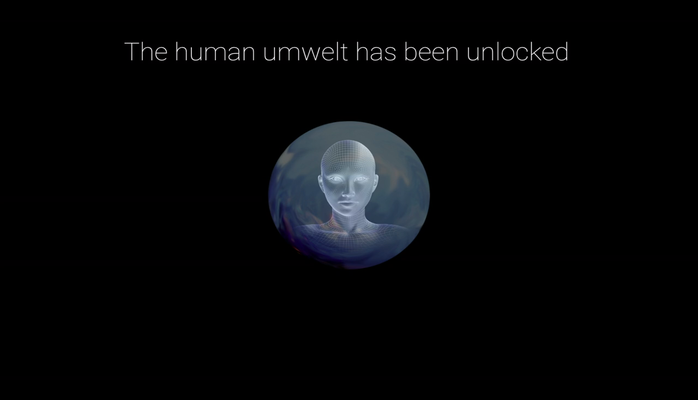David Eagleman is a neuroscientist and an author. He published this collection of 40 tales about the afterlife in 2015. After Haruki Murakami’s 1Q84, this is the most fantastical book I have ever read. 2 hours in the morning – 1 cup of coffee and a bowl of oatmeal did it!
Here is one story. Each story could be a movie. There are 39 others which are just as interesting. This is a book that one reads over and over again.
Spirals
In the afterlife, you discover that your Creator is a species of small, dimwitted, obtuse creatures. They look vaguely human, but they are smaller and more brutish. They are singularly unintelligent. They knit their brows when they try to follow what you are saying. It will help if you speak slowly, and it sometimes helps to draw pictures. At some point their eyes will glaze over and they will nod as though they understand you, but they will have lost the thread of the conversation entirely.
A word of warning: when you wake up in the afterlife, you will be surrounded by these creatures. They will be pushing and shoving in around you, rubbernecking, howling to get a look at you, and they will all be asking you the same thing: Do you have answer? Do you have answer?
Don’t be frightened. These creatures are kind and innocuous.
You will probably ask them what they are talking about. They will knit their brows, plumbing your words like a mysterious proverb. Then they will timidly repeat: Do you have answer?
Where the heck am I? you may ask.
A scribe faithfully marks down your every word for future record. Mother and daughter creatures peer out at you hopefully from observation decks.
To understand where you are, it will help to have some background.
At some point in the development of their society, these creatures began to wonder: Why are we here? What is the purpose of our existence? These turned out to be very difficult questions to answer. So difficult, in fact, that rather than attacking the questions directly, they decided it might be easier to build supercomputing machines devoted to finding the answers. So they invested the labor of tens of generations to engineer these. We are their machines.
This seemed a clever strategy to the elders of their community. However, they overlooked a problem: to build a machine smarter than you, it has to be more complex than you—and the ability to understand the machine begins to slip away.
When you wear out and stop functioning, your software is re-uploaded into their laboratory so they can probe it. This is where you awaken. And as soon as you make your first sound they crowd around you to learn one thing: Do you have answer?
They don’t realize that when they dropped us into our terrarium, we didn’t waste a moment: we built societies, roads, novels, catapults, telescopes, rifles, and every variety of our own machines. They have a hard time detecting this progress of ours, much less understanding it, because they simply can’t follow the complexity. When you try to explain to them what has happened, they cannot keep up with your rapid and unfathomable speech, so they set about their dim-witted nodding. It makes them sad, and the most insightful among these creatures can sometimes be seen weeping in the corners, because they know their project has failed. They believe we have deduced the answer but are too advanced to communicate it at their level.
They don’t guess that we have no answers for them. They don’t guess that our main priority is to answer these questions for ourselves. They don’t guess that we are unable, and that we build machines of increasing sophistication to address our own mysteries. You try to explain this to the creatures, but it is fruitless: not only because they don’t understand you, but also because you realize how little you understand about our machines.
Here is Eagleman on the TED stage:
Watching his show : The Brain on PBS. This is also available for free on Kanopy via the Boulder Public Library.
His company NeoSensory makes products that he talks about in this video.
